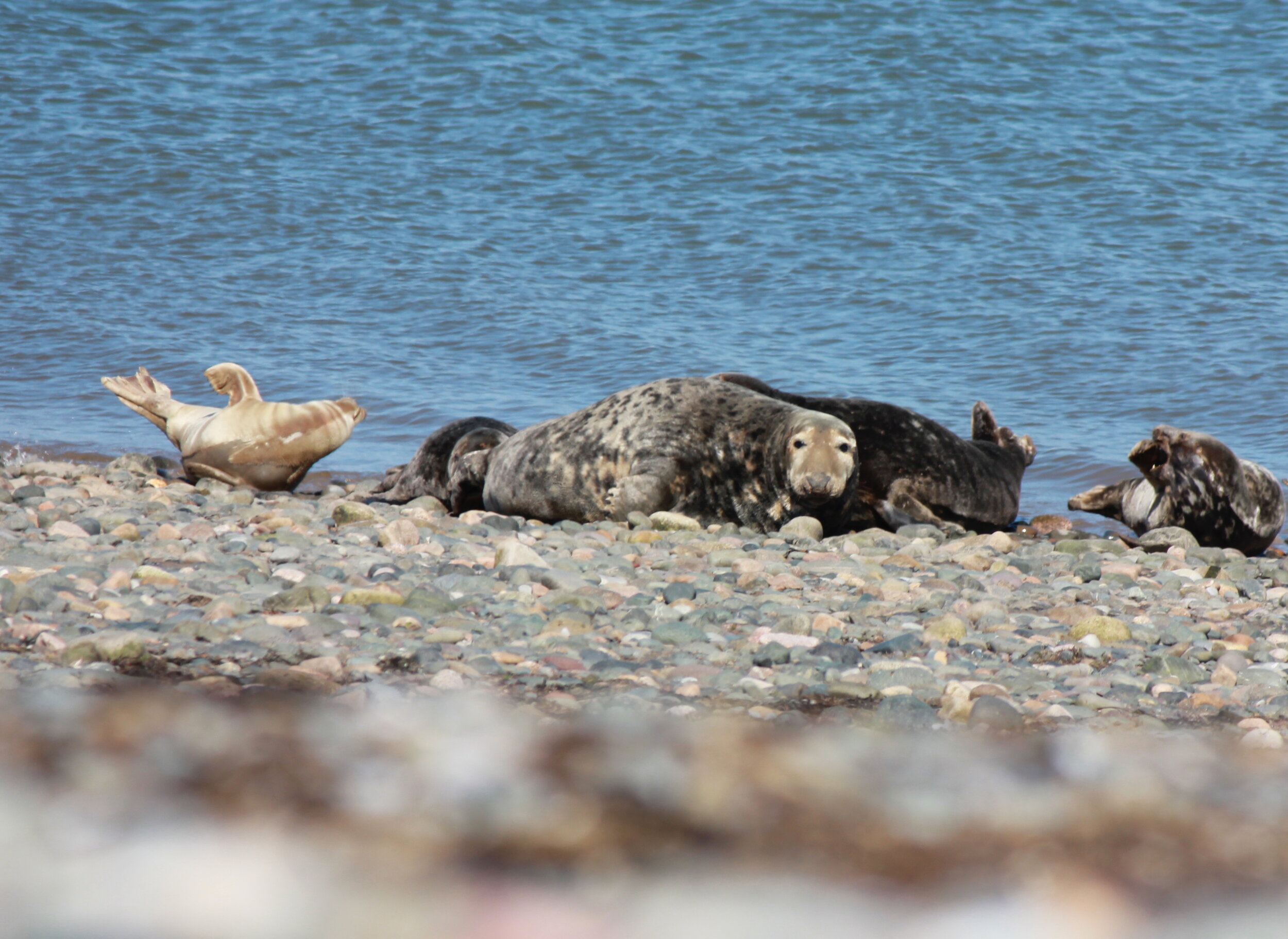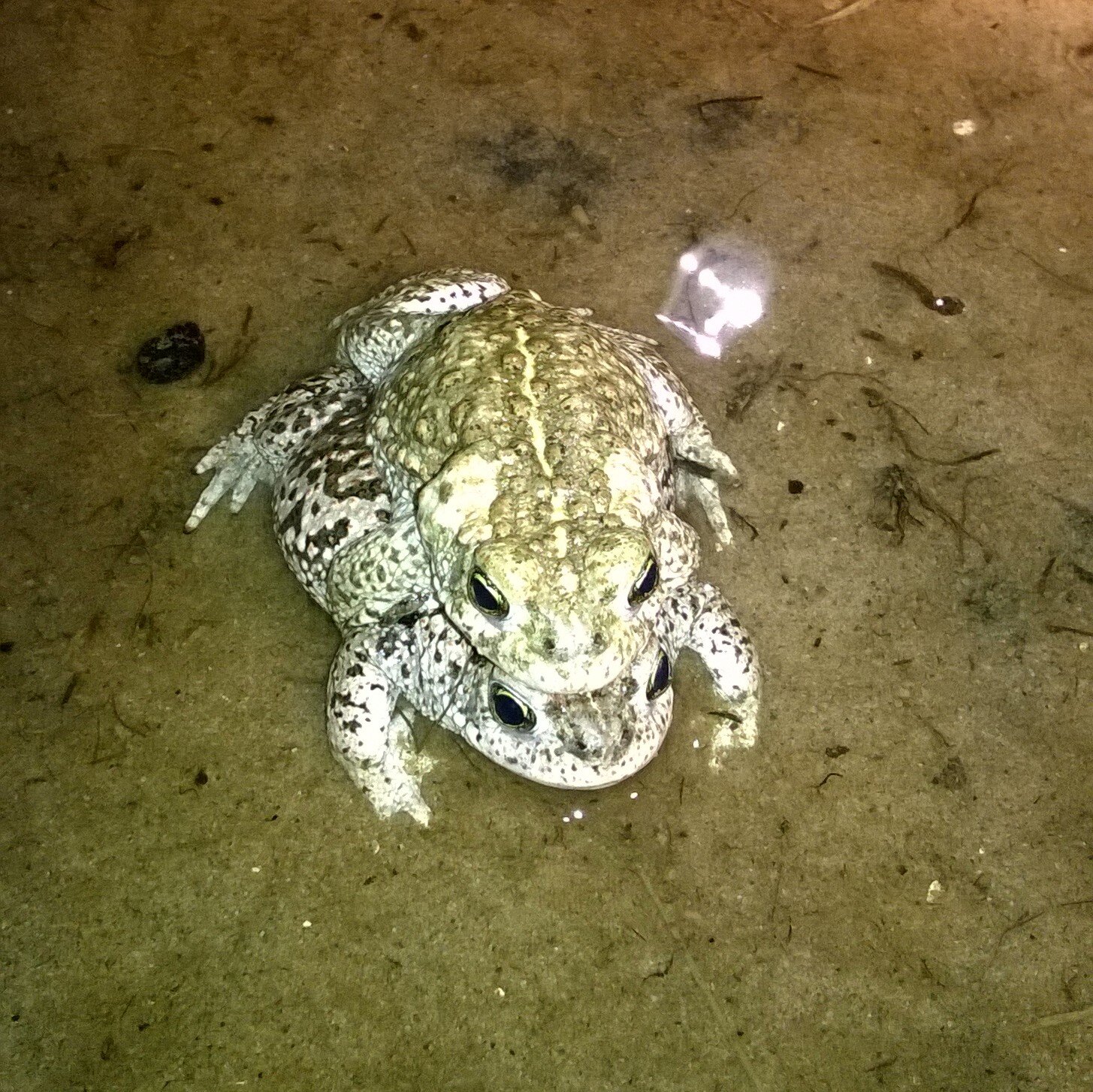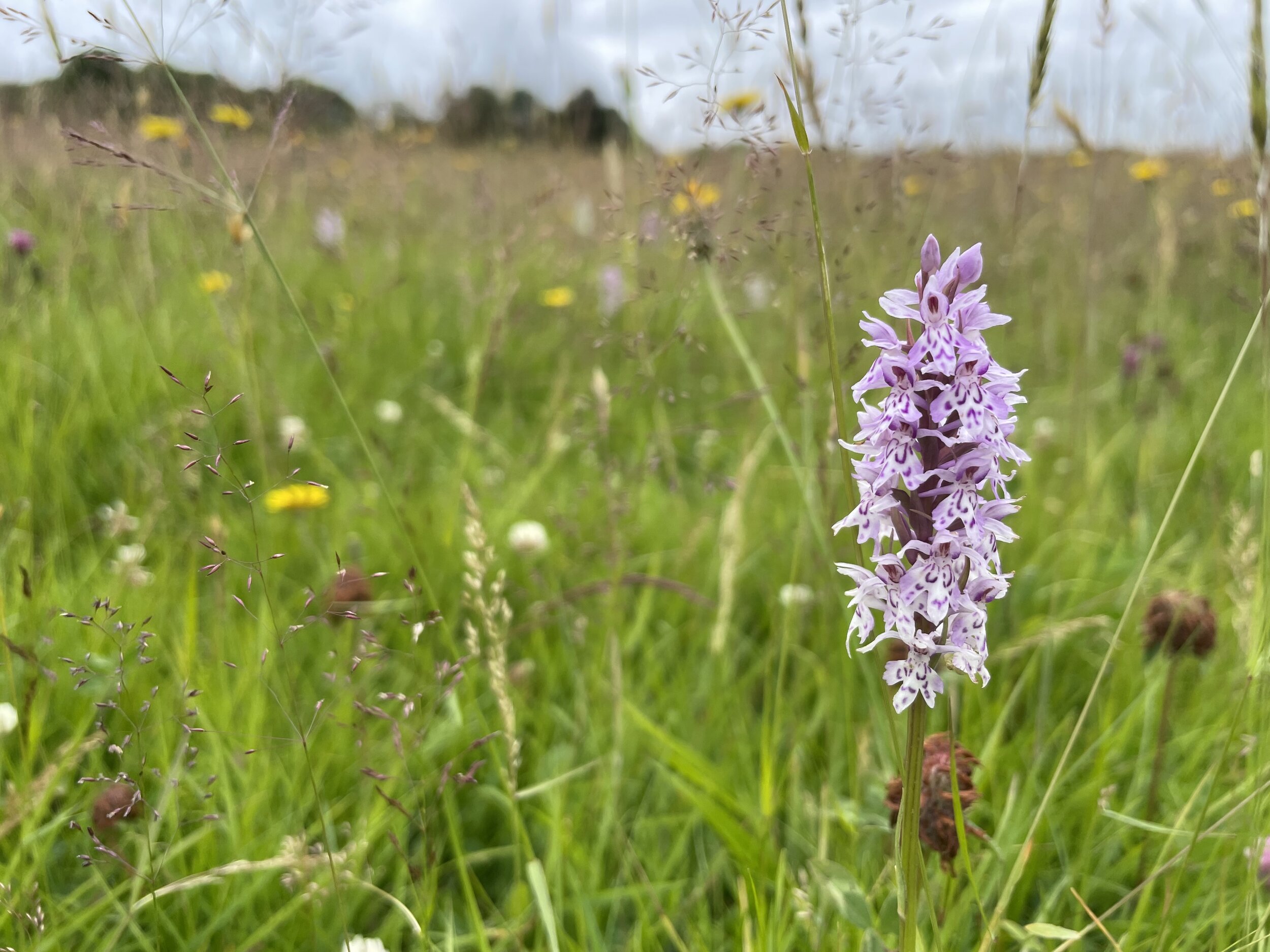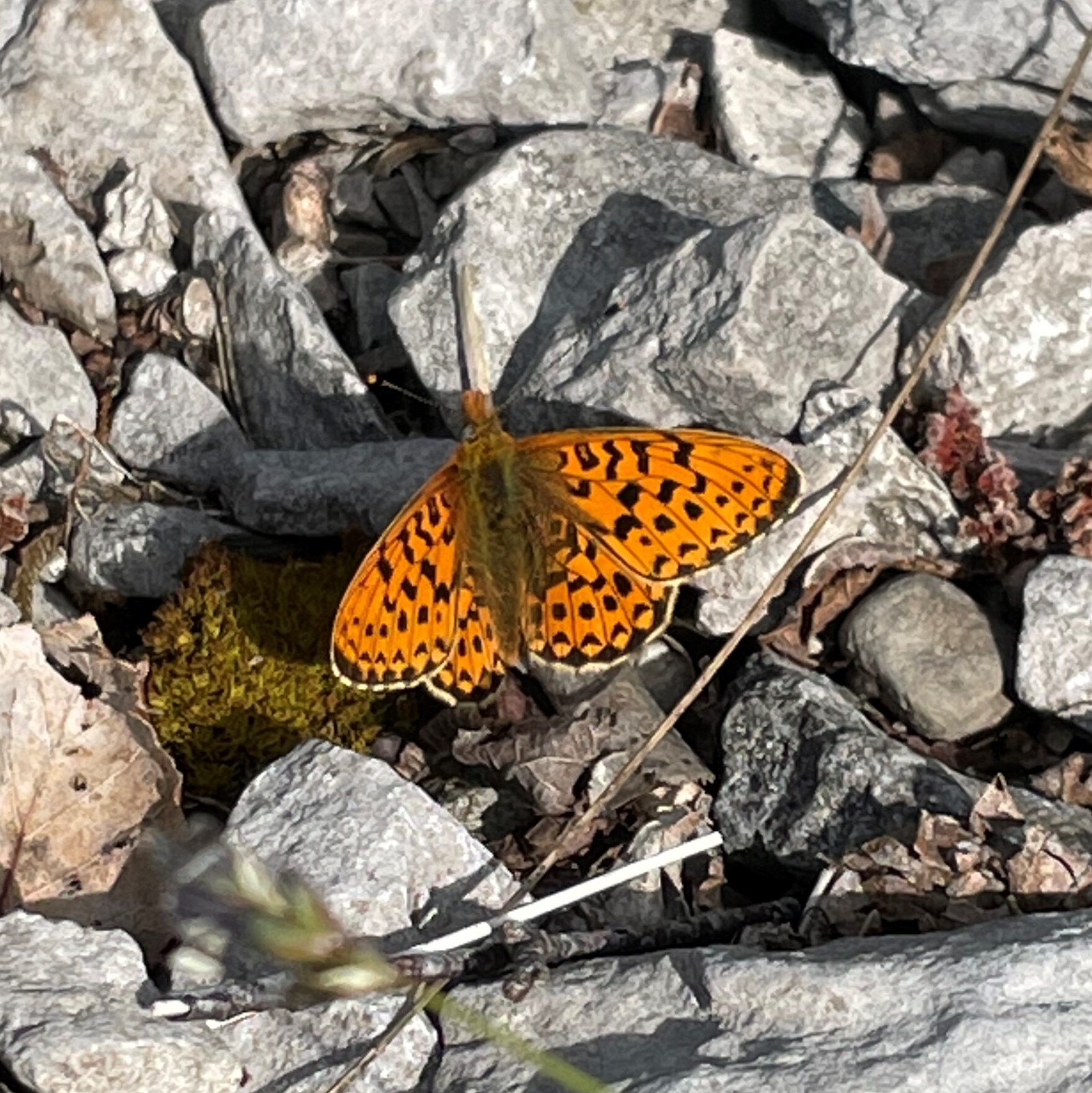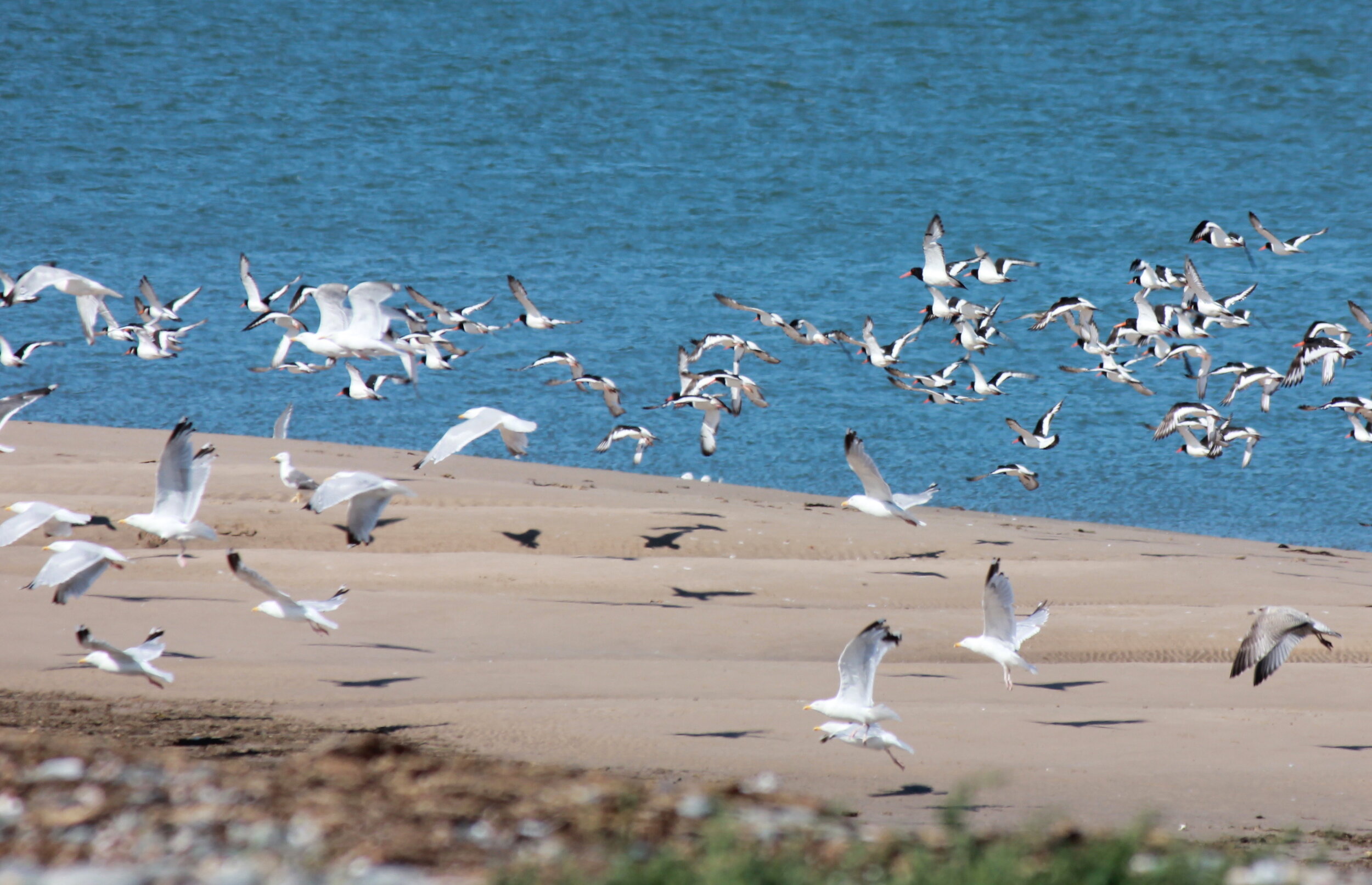The Morecambe Bay Big Five
You’ve heard of the African Big Five well here’s an overview of our local equivalent!
We’ve already covered the Seven Wonders of the Bay - the fantastic habitats that fringe the estuary.
This is my take on the Morecambe Bay Big Five - the the key species that thrive because of this mosaic of healthy habitats.
- the Grey Seal - not to missed, Cumbria’s only colony of grey seals is found on Walney Island at the western tip of Morecambe Bay. South Walney Nature Reserve managed by Cumbria Wildlife Trust has a population of around 500 seals which has grown strongly in the last 10 years due to protection of the site from disturbance. The seals can be seen at high tide, swimming and fishing in the water off the island. The wildlife trust also have a web cam on the colony so you can watch them throughout the year.
- the Natterjack Toad - our most charismatic amphibian the natterjack toad is distinguished by the yellow stripe down it’s back and it’s tendency to run and chase prey rather than hopping after it. The natterjack is a rare critter and 1/4 of the UK’s population live on the sand dunes around Morecambe Bay - it may be a small, illusive creature but absolutely earns it’s place as one of the Big Five.
- Orchids - the habitats around Morecambe Bay support 2/3 of the UK’s flowering plants so plants had to make it into the Big Five. The orchid for me is the clear winner here - found across grassland, limestone and woodland sites 1/3 of the 52 species of orchid in the UK can be found here, including the rare Lady’s Slipper Orchid - making it a mecca for orchid hunters during the spring and summer.
- Butterflies - the Morecambe Bay limestones are the most important sites for butterflies in the north of England. Home to 38 of 59 species this area really is a butterfly hotspot. Not only is it the stronghold for the rare Duke of Burgundy and High Brown Fritillary butterflies but it also hosts one of only two English populations of the Scotch Argus. These butterflies are very specific about the plants their caterpillars feed on, their success is strongly linked to the immense variety of flowering plants in found here.
- Birds - last but by no means least a clear front runner for the Big Five are the birds of the bay. 1/4 million birds use the bay every year. Our feathered friends flock here to feed on the shellfish and worm rich sands of the bay. From Osprey to Little Terns a whole range of spectacular migrants use the bay for their breeding grounds. The birds change throughout the year depending on whether they breed here or stop by for a winter feed so there’s lots to see year round.
There are so many fascinating species to choose from - dragonflies, dormice, red deer and adders to name a few. But the Big Five is only five so there it is.
Certainly something worth coming to see! So think about a trip to the area, consider a NaturesGems tour to help you make the most of it and see if you can tick off the Big Five.
Want to know more? Book a NaturesGems tour!

